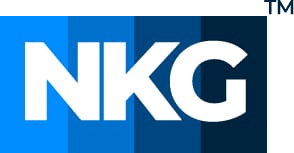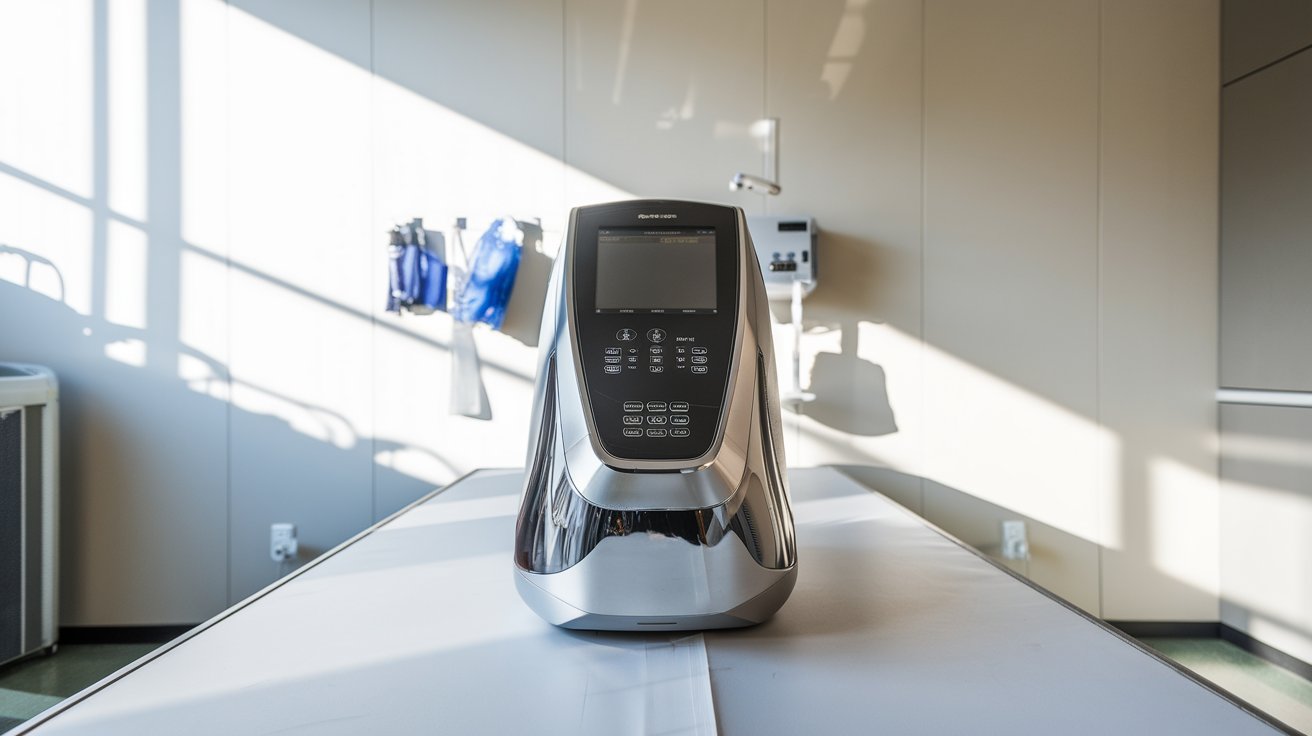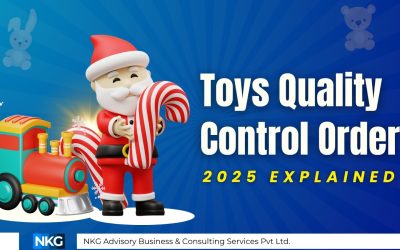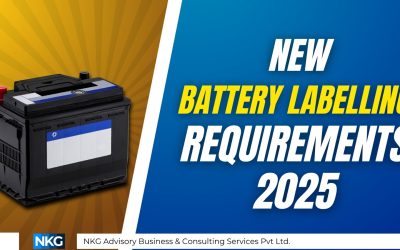Introduction
India’s medical device market is experiencing rapid growth, presenting lucrative opportunities for manufacturers worldwide. However, successfully bringing a medical device to the Indian market requires careful navigation of the regulatory landscape and a deep understanding of local market dynamics. This comprehensive guide will walk you through the essential steps and considerations for entering the Indian medical device market.
The Central Drugs Standard Control Organization (CDSCO)
The CDSCO, under the Ministry of Health and Family Welfare, is the primary regulatory body overseeing medical devices in India. In recent years, India has significantly updated its regulatory framework to align more closely with global standards, enhancing both patient safety and market access for innovative devices.
Medical Device Classification System
India classifies medical devices into four risk-based categories:
- Class A (Low Risk)
- Class B (Low-Moderate Risk)
- Class C (Moderate-High Risk)
- Class D (High Risk)
Step-by-Step Guide to Market Entry
1. Device Classification and Registration
For Class A (non-sterile, non-measuring) devices:
– Registration through the Online System for Medical Devices (OSMD) portal
– Relatively straightforward process with minimal documentation
For Class A (sterile/measuring), B, C, and D devices:
– Require an Import License (Form MD-14 or MD-15) from CDSCO
– More extensive documentation and potentially longer review periods.
2. Appointing an Authorized Indian Agent (AIA)
– Mandatory requirement for foreign manufacturers
– AIA responsibilities include:
– Submitting regulatory applications
– Holding licenses on behalf of the manufacturer
– Acting as a liaison with CDSCO
– Handling post-market surveillance and complaint management
Selecting the right AIA is crucial. Look for an agent with:
– Extensive experience in the medical device industry.
– Strong relationships with regulatory authorities.
– A proven track record of successful registrations.
NKG holds a valid stock and sale license (Form 20B and 21B) to assist foreign manufacturers in importing their medical devices to India in less time and without any hassle.
NKG understands the needs of global brand owners and offers bespoke services to such Brand Owners or manufacturers. Overseas companies can nominate NKG to act as its Authorized Agent in India.
3. Preparing the Device Master file for MD-14
The dossier is a comprehensive technical document containing:
– Device description and intended use.
– Raw materials and components.
– Manufacturing process details.
– Quality control measures.
– Clinical data (if applicable).
– Risk management documentation.
– Labeling information.
Tips for a successful dossier:
– Ensure all documents are in English or accompanied by certified translations
– Provide clear, concise, and well-organized information
– Address all regulatory requirements specific to your device class.
4. Obtaining a Registration Certificate (Form 41)
After submitting your dossier:
– CDSCO reviews the application.
– May request additional information or clarifications.
– Issues a Registration Certificate upon approval.
The review process duration varies based on device class and the completeness of the submission.
Conclusion:
Entering the Indian medical device market requires careful planning, regulatory expertise, and a deep understanding of local market dynamics. While the process may seem daunting, the potential rewards are substantial. By following this comprehensive guide, manufacturers can navigate the complexities of the Indian regulatory landscape and position themselves for success in one of the world’s fastest-growing healthcare markets. Remember that the regulatory environment is continually evolving, so staying informed about the latest developments is crucial. Partnering with experienced local agents, consultants, and legal advisors can provide invaluable support throughout your market entry journey. With the right approach and perseverance, manufacturers can tap into the immense potential of India’s burgeoning medical device market, contributing to improved healthcare outcomes while achieving business success.







